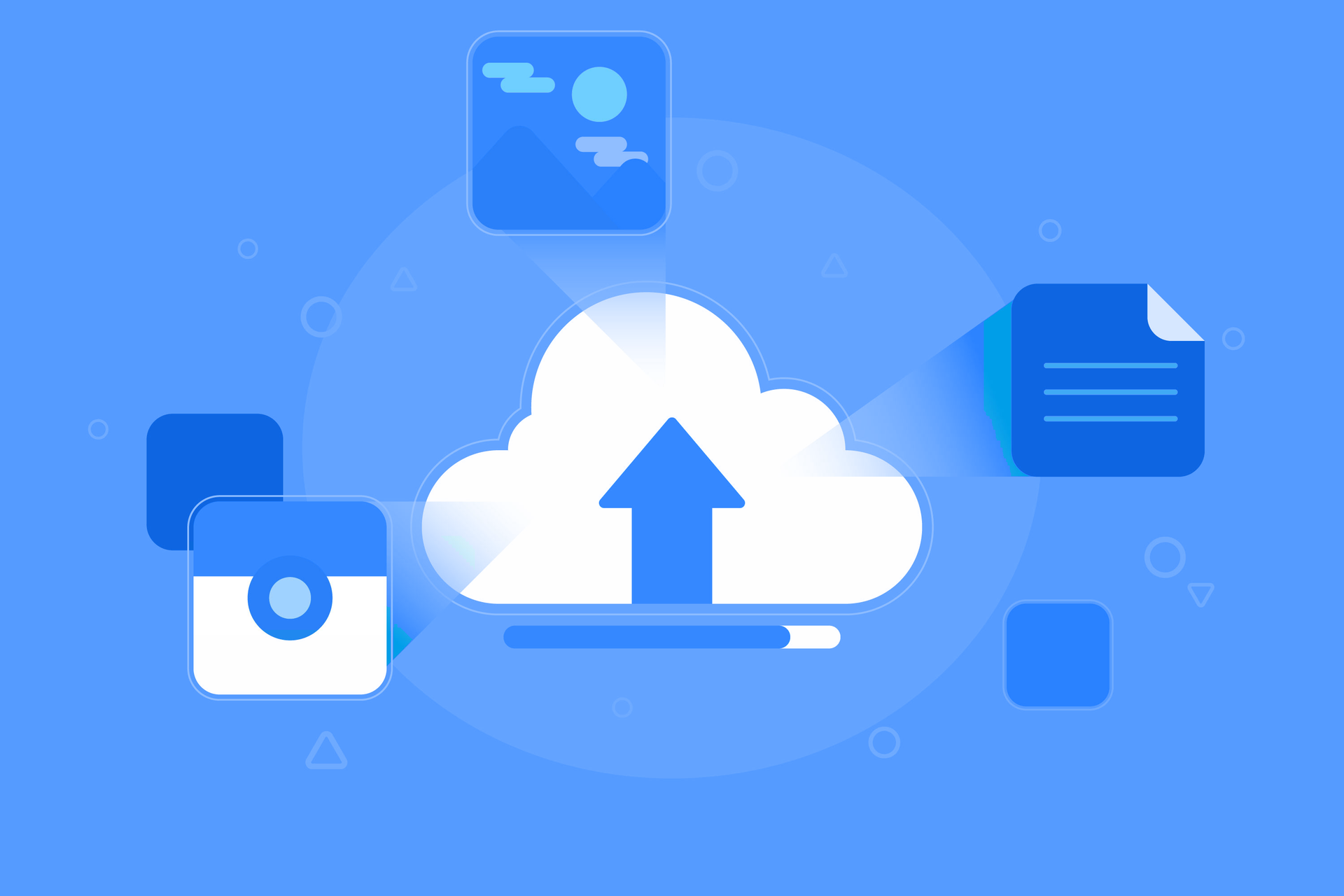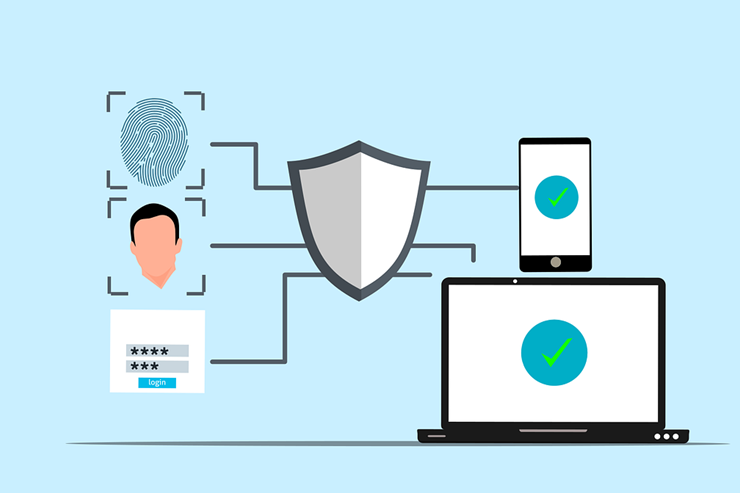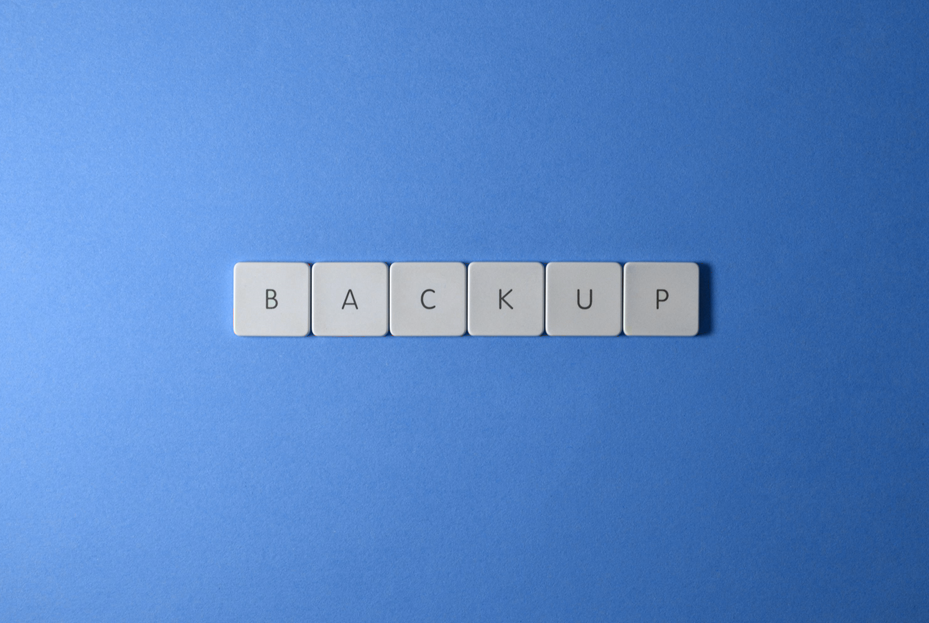How working from home is becoming the new norm
April 15, 2002

For many businesses, remote working seemed impossible for a multitude of operational and financial reasons. But with the COVID-19 pandemic relentlessly plaguing the world, working from home has become the new standard. How will this change the corporate setup?
Enforced flexibility
A pandemic is one of the most socially, economically, and politically disruptive events that could ever happen. Infections and fatalities constantly increase, business operations are shut down, and scientists race against time to find a cure.
Companies lucky enough to remain operational still face a significant challenge: maintaining business continuity. For most, the simplest way to achieve this is by moving their business resources online and adopting an effective remote work strategy.
With resilience and careful decision-making — as well as the right tools and processes — you might just find your employees more productive, less stressed out by work, and expressive as ever.
A wealth of benefits
Remote work offers several benefits for both employees and employers. In addition to saving time and eradicating commute-related stress, remote work can improve employee productivity. A number of studies reveal that the freedom to create a comfortable environment and schedule encourages employees to perform at their best.
At the same time, employers benefit from reduced overhead expenses while also having access to a wider pool of applicants. Because workplace flexibility is among the top considerations of many young job seekers, remote work arrangements would be right up their alley.
Employers can also hire outside of reasonable commuting distance, as employees won’t have to report to the office as frequently, if not at all. What’s more, mandatory daily attendance is going out of fashion — more businesses are now prioritizing performance over hours clocked in. Many prefer focusing on the quality of outputs rather than just keeping people in the office from 9 to 5.
Businesses reap great rewards for recognizing performance instead of just presence. This approach makes for more engaged, efficient, and satisfied employees, consequently creating a healthy and progressive company culture.
Encouraging development
Many businesses believe that a traditional office setup helps bring about better relationships and collaborations. However, data actually points out that interpersonal behavior and communication — not solely proximity — are the key drivers of trust and teamwork.
Traditional work arrangements also make it easier for managers to look after their employees — it’s easy to see who is and isn’t at their workstation during office hours. However, mandating work hours and location makes sense only for time-sensitive and location-dependent jobs like retail, manual labor, and healthcare, where employees need to be physically present.
Meanwhile, for knowledge workers whose jobs involve non-routine problem solving, an office cube isn’t always the most conducive environment for devising solutions and innovations. Sometimes, the best and most unique ideas come from exposure to the surroundings, people, and events outside the confines of an office.
Embracing change
Being forced to adopt a work from home policy in the face of a global crisis isn’t an ideal circumstance to test the waters. Full-time remote work doesn’t and won’t work for all businesses. But this shouldn’t stop you from accomplishing projects and sustaining productivity and efficiency. Leverage your resources to help you weather the storm and emerge stronger than before.
Though we have yet to see if remote work is here to stay, it’s currently a nonnegotiable aspect of the corporate setup, and we should learn how to make the most out of it.
Having a strong strategy in place and the right tools and equipment are crucial to ensure effective communication, collaboration, and management. Our experts can help you configure the perfect remote working setup for your business. Call us today.
Published with permission from TechAdvisory.org. Source.

A slow computer or a frozen screen are the worst things that can ruin your day. You've most likely dealt with outdated technology on multiple occasions if you manage a small business. It may seem cost-effective to extend the life of outdated equipment, but the long-term costs are frequently higher. Due to technological issues like sluggish PCs and antiquated laptops, small businesses lose about 98 hours annually, or 12 working days . This is why it's important to have an IT refresh plan. It helps you stay safe, prevents unplanned malfunctions, and keeps your team operating efficiently. Regardless of whether you outsource managed IT services or handle them in-house, a solid refresh strategy can save time, stress, and money down the line.

Does your small business ever feel like it has too much data? This is a fairly typical occurrence. The way small businesses function has changed as a result of the digital world. In addition to customer emails and backups, we now have an overwhelming amount of data to manage, including financial statements, contracts, logs, and employee records. According to a PR Newswire survey, 72% of company executives say they have stopped making decisions because the information is too overwhelming. All of this data can easily become disorganized if improperly handled. By implementing the appropriate data retention policy, effective IT solutions assist. A strong data retention policy keeps your company compliant, organized, and cost-effective. Here's what should be deleted, what should be kept, and why.

Selecting the best cloud storage solution can be similar to being faced with an endless buffet of options, each one claiming to be the best. A poor choice may result in lost revenue, compromised data, or even a snag in productivity. The stakes are extremely high for small business owners. Regardless of your level of experience, we will guide you through this thorough guide to help you choose a cloud storage solution that is specific to your company's needs.

Cyber threats are a daily reality for small businesses navigating an increasingly digital world; they are not merely an abstract concern. Financial and reputational harm can result from ransomware attacks, phishing scams, or unintentional data leaks. In order to reduce the risks, more businesses are using cyber insurance. Not every cyber insurance plan is made equally. Many business owners think their policy covers them, but they discover (too late) that it has significant gaps. We'll explain exactly what is and isn't covered in this blog post, along with how to pick the best cyber insurance plan for your company.

Have you ever questioned how susceptible your company is to online attacks? Nearly 43% of cyberattacks target small businesses , frequently taking advantage of lax security measures, according to recent reports. Multi-Factor Authentication (MFA) is one of the most underutilized yet powerful ways to safeguard your business. Even with your password, hackers will find it much more difficult to obtain access thanks to this additional security measure. The implementation of Multi-Factor Authentication for your small business is explained in this article. Knowing this will enable you to take an important step toward protecting your data and guaranteeing more robust defense against possible cyberattacks.

Managing a small business requires a lot of multitasking. These hats include operations management, customer service, and maintaining order. AI-powered automation is a solution that can reduce the workload. Small business owners can now automate tasks that were previously done by hand thanks to technological advancements that have made these tools more affordable and accessible than before. There's no need to hire a big staff or spend a fortune. AI can manage a large portion of your hectic workload, allowing you to concentrate on more crucial facets of your company. AI can act as your virtual assistant, increasing productivity and simplifying processes, whether you're a small team manager or a solopreneur. This blog post explores how you can automate everyday tasks and free up your time if you want to learn more about how AI can change your company. We'll demonstrate how to use reasonably priced AI tools to reduce repetitive tasks, save time, and increase business efficiency.

In today's digital world, cyber threats are smarter than ever. Weak passwords or old ways of proving who you are can cost people and businesses money, steal their data, or steal their identities. A strong password is the first thing that will keep hackers out, but it's not the only thing that will work. This guide goes over the basics of strong passwords, two-factor authentication, and the best ways to keep your accounts safe. We'll also talk about new ways to check things and things you should never do.

A sophisticated type of cyberattack known as "password spraying" uses weak passwords to acquire unauthorized access to numerous user accounts. This approach focuses on using a single password or a collection of passwords that are frequently used across multiple accounts. The goal is to circumvent standard security protocols, such as account lockouts. Password-heavy attacks are highly effective because they target people and their password management practices, which are the biggest weakness in cybersecurity. This ar ticle will describe how password spraying operates, address how it differs from other brute-force attacks, and go over how to detect and prevent it. We will also discuss how businesses can defend themselves against these threats and examine real-world examples.

What would happen if tomorrow your company lost all its data? Would your operations come to a complete stop, or would you be able to recover? Data, including communications, financial records, product files, and customer information—is the lifeblood of any small business. However, data security is frequently neglected. After a disaster, 25% of small businesses close within a year, and 40% never reopen , according to the Federal Emergency Management Agency (FEMA). That represents an incredible 65% failure rate because of inadequate preparation. The good news is here. An enterprise budget and a dedicated IT staff are not necessary for disaster data protection. You can create a backup and recovery plan that reduces downtime and provides you with peace of mind if you have the right approach, the appropriate tools, and a little forethought. In this blog post, we will discuss practical and easy-to-follow advice to help you protect your most valuable business asset: your data.

